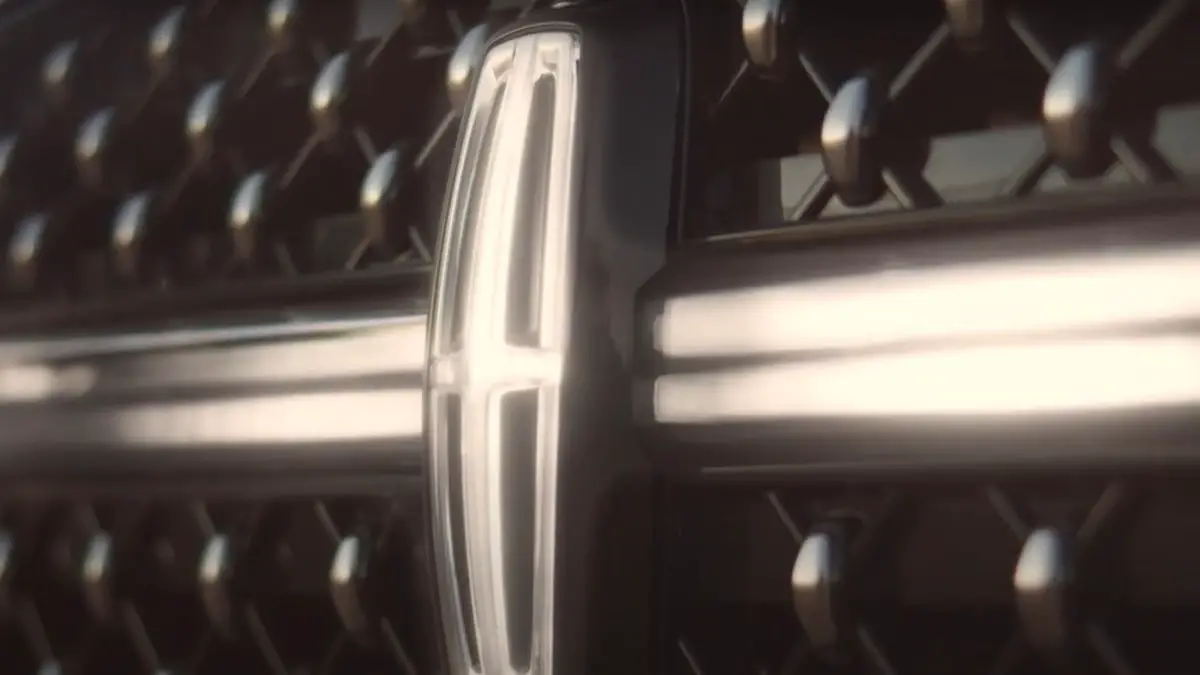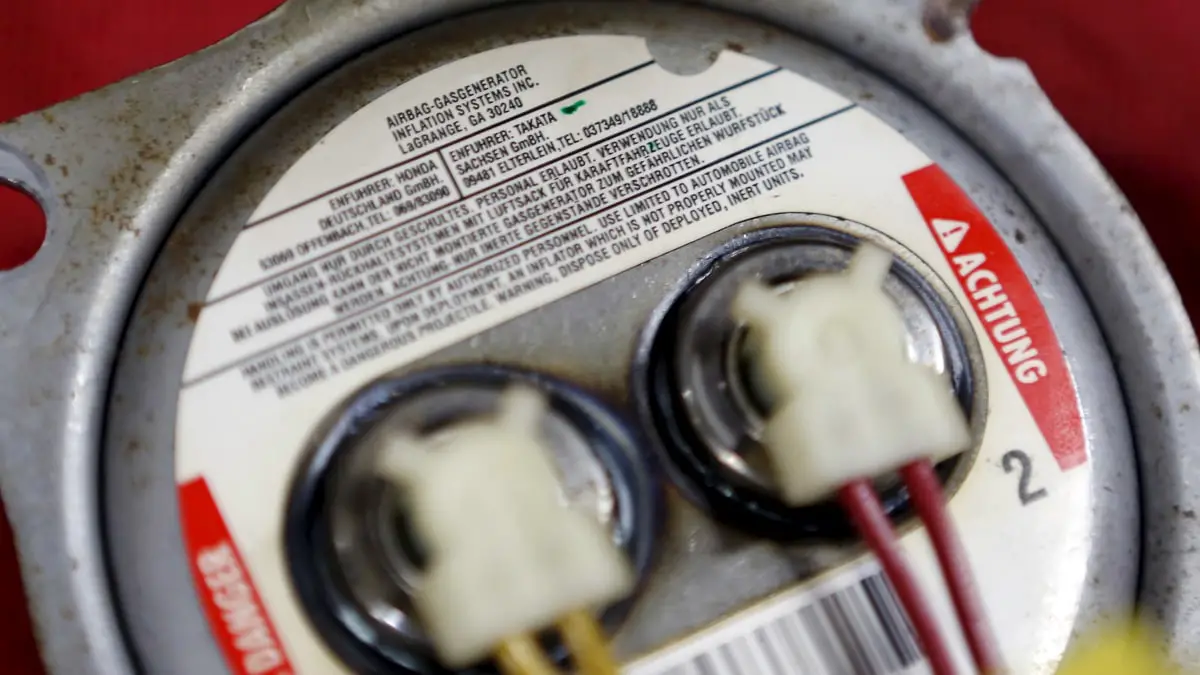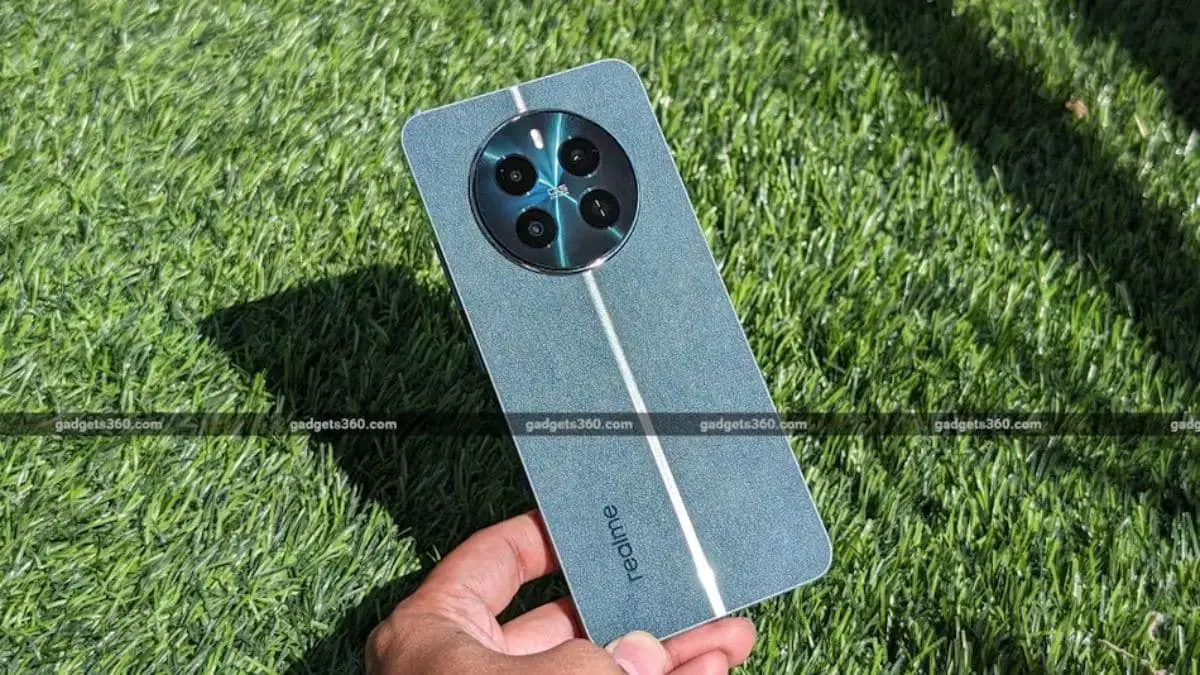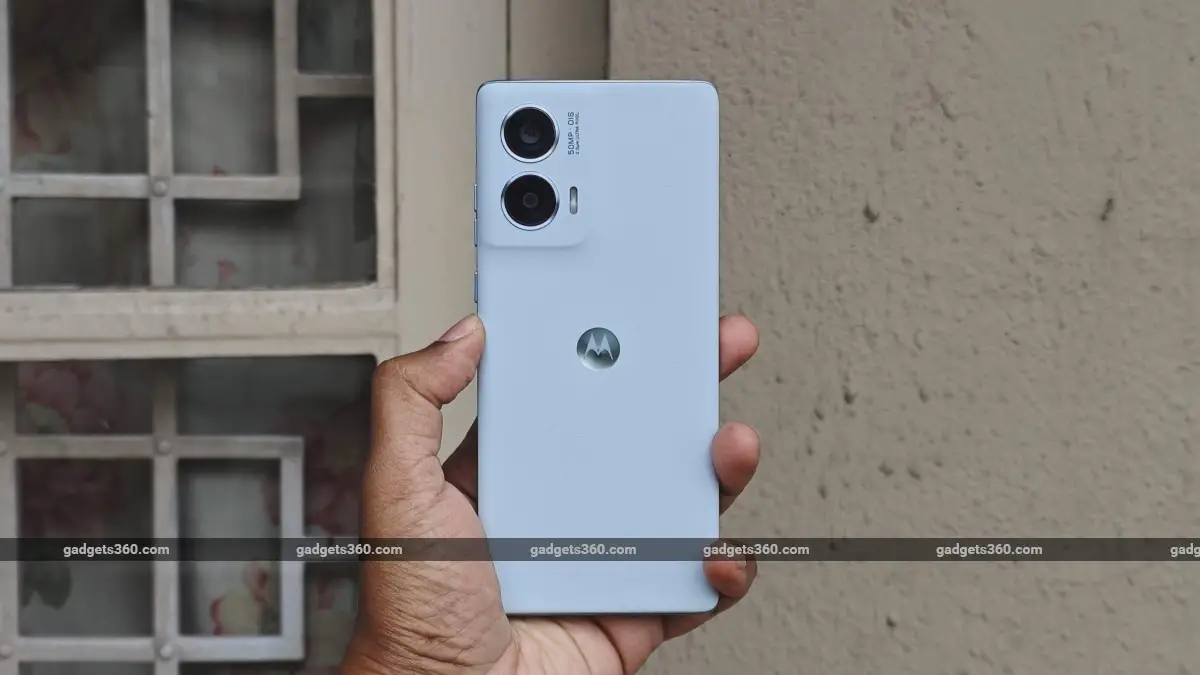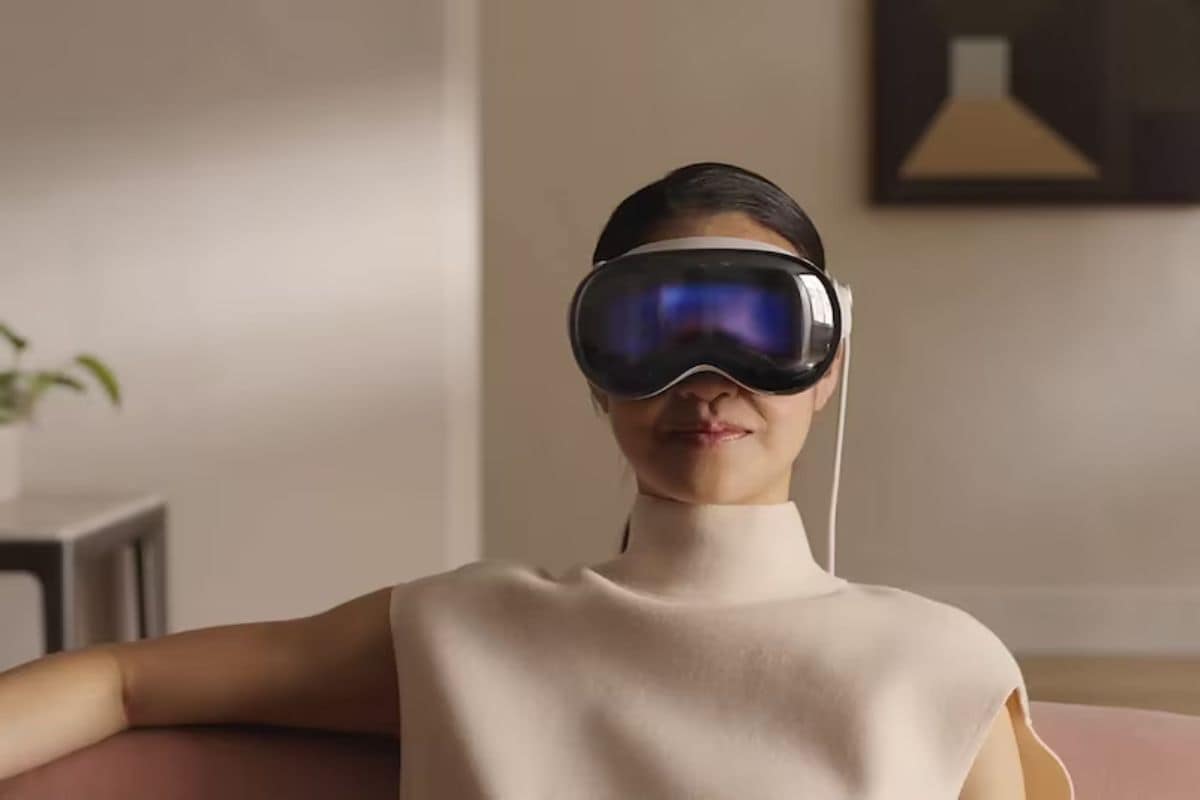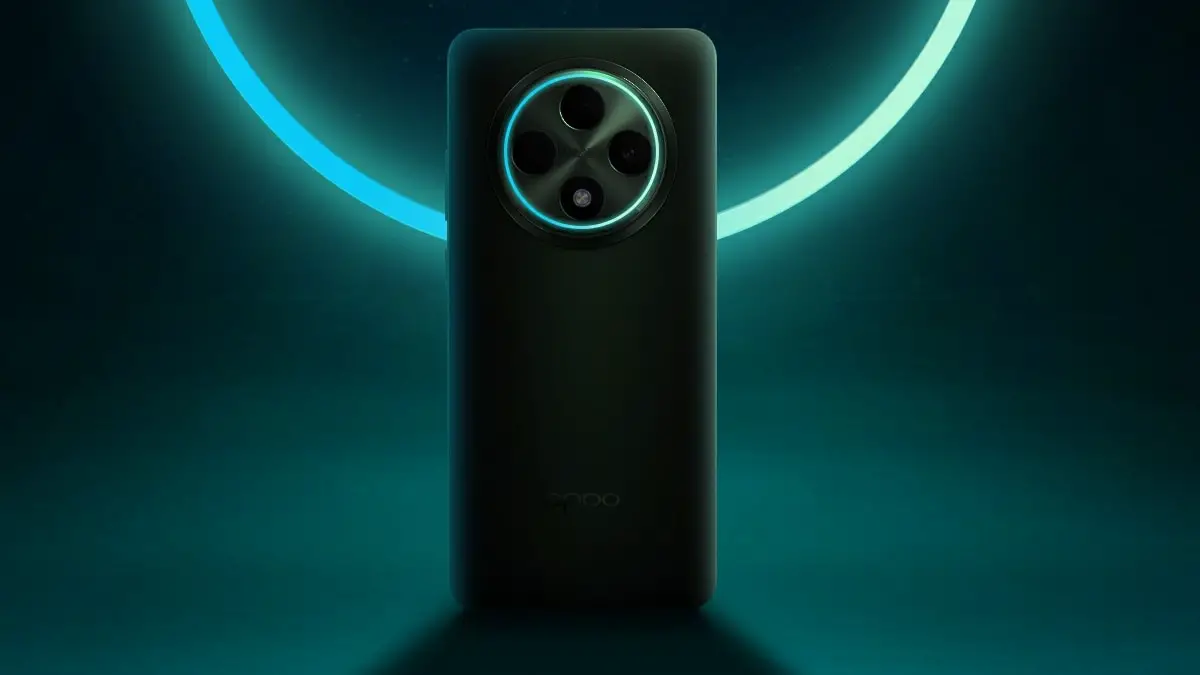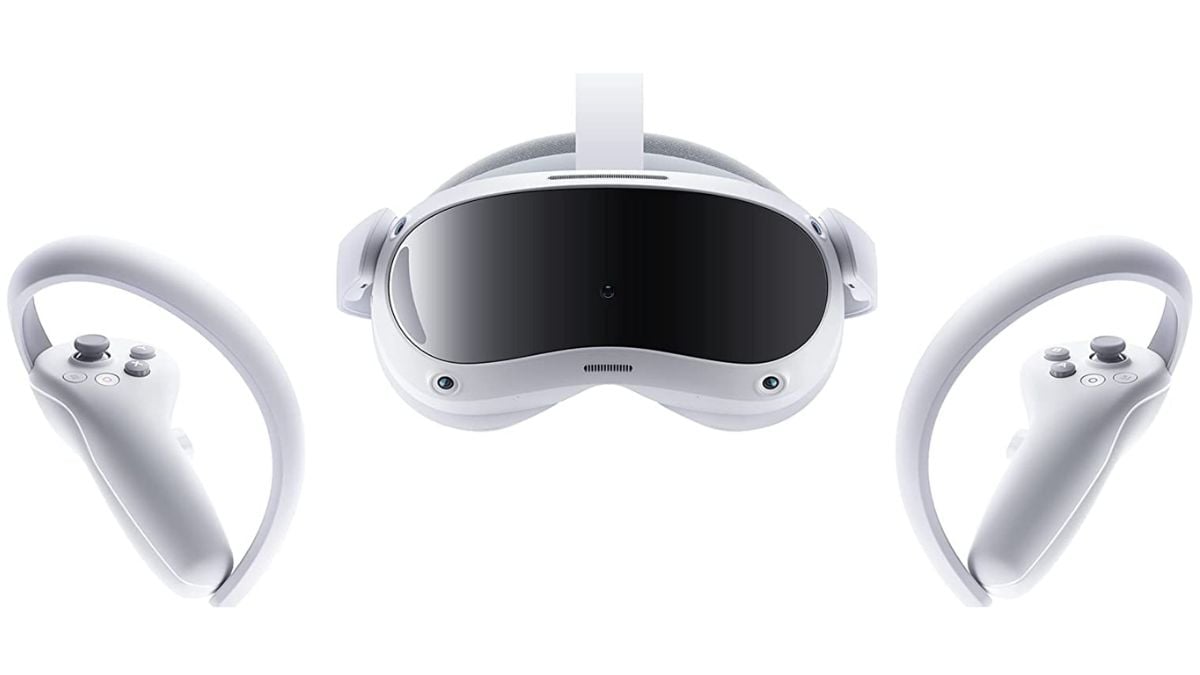Choice is the theme of this year’s Made by Google hardware event, the annual spectacle where Google announces new Pixel devices. The company has unveiled four new smartphones—the Pixel 9, Pixel 9 Pro, Pixel 9 Pro XL, and Pixel 9 Pro Fold—alongside the Pixel Watch 3 and Pixel Buds Pro 2. It’s the first time you can choose between two sizes on a pro-level Pixel, and there are also two size options for Google’s nascent smartwatch.
It’s not just hardware. Plenty of new software announcements abound, many of which are powered by Google’s Gemini large language models. While this event had always occurred in October, Google moved things up to an earlier date this year—likely to get a head start on the holiday rush. It also gives Google a moment to shine ahead of Apple’s annual September event and the launch of the iPhone 16.
Here are all the details on Google’s new hardware. Also be sure to read our exclusive deep dives into the new camera features on the phones, and the pulse-detection features on the Pixel Watch.
If you buy something using links in our stories, we may earn a commission. This helps support our journalism. Learn more.
The Pixel 9 Series
Photograph: Julian Chokkattu
The Pixel 9 family is getting bigger. Now, instead of forcing you to choose between a small Pixel and a large “pro” Pixel, you have size options with the Pixel 9 Pro: 6.3 inches or 6.8 inches. I’ve laid out many of the top specs in the table below.
What’s notable about the design language are the slight changes Google has made. Gone is the iconic camera bar in favor of an elongated pill-shaped design for the hump on the back of the phone. On the front, the bezels around the display are smaller too. Google says these phones are twice as durable as the Pixel 8 generation—they’re wrapped in shatter-resistant Gorilla Glass Victus 2 and built around a 100 percent recycled aluminum frame. There’s no titanium here, unlike other high-end handsets like Apple’s iPhone 15 Pro and Samsung’s Galaxy S24 Ultra.
The biggest distinction between the Pro models and the standard Pixel 9 is the camera tech. Both tiers of handsets share the same 50-megapixel primary camera and the same 48-megapixel ultrawide (all of which now support Macro Focus for close-up shots). Like last year, the Pixel 9 Pro series has a 48-megapixel telephoto camera offering 5X optical zoom. However, Google says this camera now also offers a 10X “optical-like” zoom, meaning you can get good-quality results from the digital zoom at that level, though we have yet to test that claim. The Pro cameras have a more advanced autofocus sensor too.
The 42-megapixel selfie camera in the Pro phones might impress more as it supports autofocus and has a claimed 30 percent improvement in light sensitivity while offering the widest field of view ever on a Pixel (103 degrees). You’ll be able to squeeze more people into the frame when you hold out your arm to take an ussie. The standard Pixel 9 is stuck with a 10.5-megapixel selfie camera, though this camera does support autofocus for the first time.
Photograph: Julian Chokkattu
All three handsets are outfitted with 45-watt charging support (you’ll still need your own charging brick), which Google says fills the battery to 70 percent capacity in just 30 minutes of charging. There’s a modest battery bump here, though Google highlighted that the Pixel 9 enjoys a 20 percent battery life boost over what you get from the Pixel 8. Annoyingly, the phones do not support Qi2, the new wireless charging standard, which would have enabled a MagSafe-like wireless charging experience. You’ll have to make do with the less precise and slower Qi wireless charging.
They’re all powered by the new Tensor G4 processor with 12 GB of RAM in the Pixel 9 and 16 GB in the Pixel 9 Pro. Google says the processor is 20 percent faster when web browsing and speeds up app launches by 17 percent. It purportedly has better power efficiency and is optimized to run large language models like Gemini. Specifically, these are the first phones to run Gemini Nano With Multimodality. The convoluted name is something Google is using to indicate that the on-device AI models can discern not only text inputs, but also images, audio, and speech. These devices also support Gemini Live, the new service that lets you have real-time voice conversations with the chatbot.
All of these phones will still receive seven years of software updates. Google says anyone who buys the Pixel 9 Pro or Pro XL will receive a full year of the Google One AI Premium Plan for free, which includes 2 terabytes of cloud storage and access to Gemini Advanced. The Pixel 9 got a $100 price bump to $799, the Pixel 9 Pro costs $999, and the Pixel 9 Pro XL is $1,099. Preorders are live now and they officially go on sale on August 22.
Oddly, these phones are launching with Android 14, not Android 15, and Google did not share any details on when the next version of its mobile operating system will arrive.
The Pixel 9 Pro Fold, shown furled and unfurled.
Photograph: Julian Chokkattu
The fourth Pixel is the second-generation Pixel Fold folding phone, officially called the Pixel 9 Pro Fold to match the rest of the lineup. Unlike the original, it shares many of the same specs as the latest-generation single-screen siblings. You’ll notice the front screen is no longer as wide and short—it matches the 6.3-inch screen on the Pixel 9 Pro. Google says apps are now better optimized for the screens with this change. Open it up and you get one of the largest displays on a folding phone at 8 inches. This internal screen can get much brighter too (though not as bright as the Pixel 9 Pro).
Google’s efforts went into making this device super thin, claiming it’s the thinnest folding phone you can buy, and while it’s certainly thin at 10.5 millimeters, it’s not as svelte as Honor’s Magic V2 RSR, which is a hair thinner at 9.9 mm. At 257 grams, it’s about 26 grams lighter than the original Pixel Fold, with an improved stainless steel hinge mechanism. For context, the Pixel 9 Pro is 8.5-mm thick and 198 grams.
The camera system still doesn’t quite match the quality you get out of the Pixel 9 Pro—there’s a 48-megapixel main camera, a 10.5-megapixel ultrawide, and a 10.8-megapixel telephoto with 5X optical zoom. The front and inner cameras are the same: a 10-megapixel selfie shooter.
Hey, made you look!
Photograph: Julian Chokkattu
There are a couple of new features that make use of all the extra screens. For starters, “Made You Look” displays a cute animation on the external screen to get the attention of babies and kids so they stare at the camera. If you’re on a Google Meet call, you can have all the screens show the person calling so that everyone around you can see them (the person on the other end can see you and what’s in front of you). Like before, you can use Google Translate to show your translated words on the external screen to the person in front of you.
It’s available for preorder now and costs $1,799 with a $300 store credit, with official sales starting on September 4. Anyone who purchases it will get one year free of the Google One AI Premium Plan.
New Apps, Services, and AI Features
Pixel Screenshots allows Gemini’s AI to pull information from screenshots and give you new ways to interact with the information in a screenshot.
Photograph: Julian Chokkattu
Pixel phones are known for their bevy of smart features, and several new additions are arriving with the latest handsets, plus some new apps. There’s now a dedicated Pixel Weather app, and it employs the on-device Gemini Nano large language model to summarize the weather. Another new app is Pixel Screenshots, a dedicated place that stores your screenshots, and since Gemini Nano can understand the content of your images, you can ask for information without having to hunt for the right screen capture. There’s also Pixel Studio, which lets you use generative AI to create new images, and you can even create stickers from your photos to insert.
On the calling front, there’s “Call Notes.” This gives you a sticky note’s worth of details from your call. These details can be things like phone numbers mentioned during the call, repair quotes, or reminders to call someone back—it’ll log anything noteworthy and put it in a note so you don’t need to hunt for pen and paper. Google says the person on the other end is notified when this feature is active due to call recording laws.
Pixel phones are finally debuting Satellite SOS, a feature that emerged on the iPhone 14 in 2022, making them some of the first Android phones with the ability. If you’re out of range of Wi-Fi or a cell tower, Pixel 9 devices will share your location and find your emergency contacts via satellite. However, this isn’t a guaranteed get-out-of-jail-free card—it requires setup, an additional charge, and will only work in the US for now. (As with Apple, it will be free for the first two years after activation.)
Google also has several new AI camera features like Add Me, Autoframe, Reimagine, and Zoom Enhance—I’ve rounded them up in this story if you want to learn more. (This one’s already long enough!)
The Pixel Watch 3
There are now two sizes of Pixel Watch: 41 and 45 millimeters.
Photograph: Julian Chokkattu
This year’s Pixel Watch 3 is the first time you have size options—it comes in a 41- and 45-mm case size, with the latter offering a 40 percent larger screen. Google says these are packed with the same “Actua” OLED display technology as its Pixel phones and are twice as bright, making them easier to read on sunny days. You can also crank the brightness down as low as 1 nit, so you don’t blind your eyes right before bed.
Google still claims 24-hour battery life with the always-on display enabled, the same as the previous generation, though you’ll be able to enjoy 20 percent faster charging (24 minutes of charging can take you to 50 percent, and it’ll fully top up in an hour).
There are a lot of quality-of-life improvements, like Auto Bedtime Mode, which will auto-detect when you’re sleeping and when you wake to enable and disable Bedtime Mode. You also get improved camera controls when paired with a Pixel phone, giving you more options when using the watch as a remote shutter button. You can see a live feed of the Nest Doorbell and security cameras in the Google Home watch app to quickly see who’s at the door; use the watch as a remote for Google TV; and see who’s calling via Call Screen. You can keep the watch unlocked via the ultra-wideband chip on select phones to spend less time inputting a passcode. And Google is also bringing its Recorder app to the Pixel Watch.
Photograph: Julian Chokkattu
Google’s advanced fitness features also focus on one of the most common forms of exercise: running. Now the watch offers holistic running guidance, under an umbrella that the company calls “Plan, Run, Reflect”. You can create and save your own personalized running routines, with your preferred warm-up and cool-down segments, or your own easy, long run, or tempo run days. You can send them to your watch and get real-time guidance with audio and haptic feedback. You can navigate your way home with Google Maps, even if you’re offline, and playback your music to your paired earbuds.
As you’re working out, the Pixel Watch 3 then tracks your form with advanced motion sensing and machine learning, keeping track of metrics like stride length, cadence, and vertical oscillation. You can check all your data on a running-specific dashboard that will track your performance, which Google’s AI will then use to give you customized running advice and help improve your form.
A series of comprehensive new algorithms will cover the rest of the time you’re not running. A new readiness score takes into account factors like your heart rate variability, resting heart rate, and recent sleep to show you how ready you are to take on the day. Cardio load tracking shows how hard your heart is working, aided by what the company says is its most accurate heart rate tracking yet. Your target cardio load will take into account your fitness and whether or not you are over- or under-training or are at risk for injury, while an all-new Morning Brief sums everything up for you when you wake up in the morning.
Video: Julian Chokkattu
Also new is “Loss of Pulse Detection,” a feature we haven’t seen before on other smartwatches. It uses the heart rate and other sensors to detect “if a user is having a loss of pulse event.” It will check with the person, and if there’s no sign of motion or response, it will call emergency services. It’s first launching in Europe, and Google says it will work with regulatory bodies to make it available in other countries.
Finally, and most importantly, rather than hiding most of the advanced features behind the Fitbit Premium paywall, most of this is free for all Pixel Watch 3 owners—even the Daily Readiness score. Only the AI-powered daily run recommendations are reserved for Fitbit Premium subscribers.
The 41-mm Pixel Watch 3 costs $349 for the Wi-Fi-only model and $449 if you want LTE connectivity (not factoring in the monthly cost of a data plan). The 45-mm Pixel Watch 3 is $399 for Wi-Fi and $499 for LTE. Both are available for preorder and go on sale on September 10.
The Pixel Buds Pro 2
Photograph: Julian Chokkattu
We’ve long said that the Pixel Buds are the cutest, most comfortable, and best-priced earbuds available. The A-Series and the Pixel Buds Pro take up two slots in our Best Wireless Earbuds guide, and the Pixel Buds Pro 2 look to follow in their illustrious footsteps. A twist-to-stabilize feature makes them even more comfortable and secure (although many of us already twist earbuds to lock them in), while the first Tensor A1 chip in Google’s earbuds means the company was able to reduce the already small and lightweight buds by about 27 percent.
New chip aside, most improvements are incremental, like a wider noise-canceling range with Silent Seal 2.0, AI-powered Conversation Detection to turn off music when you start speaking, and more precise location tracking via Google’s new-ish Find My network. Still, they will be the buds best suited for Android, especially if you’re locked into the Pixel universe. They even come in colors that will match your new Pixel phone.
Google is also harping on the fact that these earbuds will be the first to be able to run Gemini Live. You can tap the earbud to talk in real-time conversationally with Google’s AI chatbot. You can ask it about what to make for dinner and have a back-and-forth—interrupting the assistant won’t disrupt the experience either.
The Pixel Buds Pro 2 cost $229 and are now available for preorder. They go on sale September 26.



